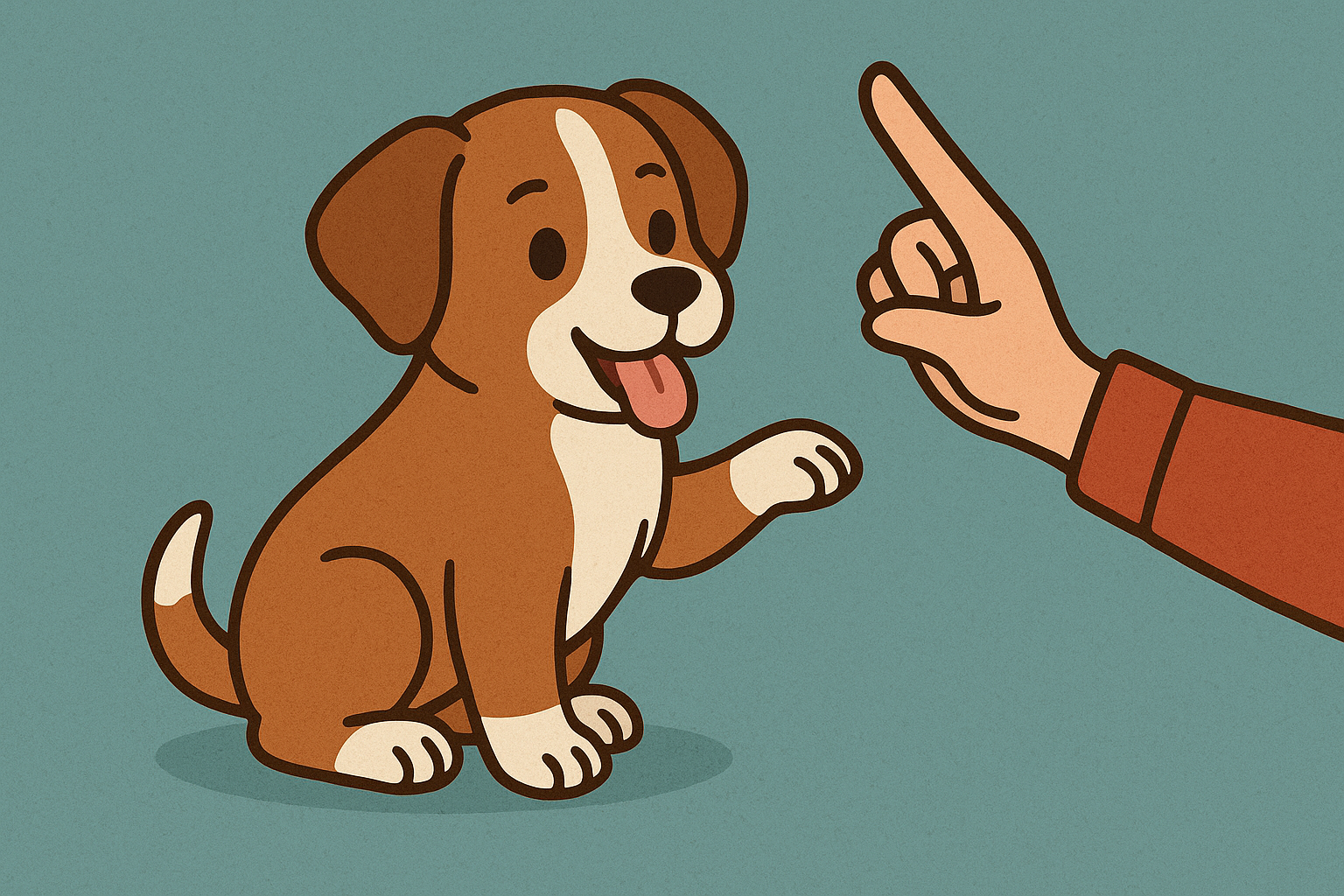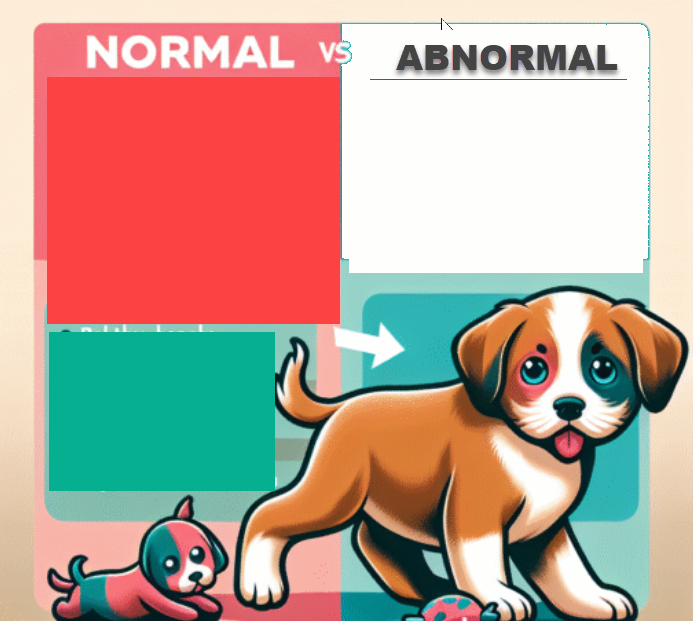Puppyhood is a critical time in a dog’s life, filled with various behavioral development stages. Among these, the 8-10 week period is particularly important as it can significantly impact a puppy’s future behavior. Understanding and navigating this phase with care can set the foundation for a well-adjusted adult dog.
Understanding the Puppy Fear Stage
The fear stage in puppies is a normal part of development where pups become more cautious and reserved. During this time, you might notice behaviors such as trembling, crouching, or evading certain stimuli. It is essential to recognize these signs as a natural part of their growth, indicating the emergence of their survival instincts.
Why the 8-10 Week Period is Crucial
This period is crucial as the experiences a puppy undergoes affects their long-term behavior. Puppies are impressionable, and negative experiences can lead to lasting fear or anxiety issues. It is a prime window for socialization, where positive exposure to new environments and people can prevent behavioral problems later in life.
Recognizing Normal vs. Abnormal Fear Responses
Typical fear responses in puppies include cowering, barking, or hiding from a perceived threat. However, if a puppy’s reactions seem extreme or persist beyond this stage, it might be a cause for concern. In such cases, consulting a veterinarian or a professional dog trainer can help differentiate between normal anxieties and deeper behavioral issues.
How to Support Your Puppy During the Fear Stage
Providing gentle exposure to new experiences is key to helping your puppy overcome fear. Gradually introduce them to varied environments, sounds, and people. Building confidence can also be achieved through positive reinforcement, rewarding them for calm behavior and encouraging curiosity versus apprehension.
Socialization Strategies During the Fear Period
Socialization should always be safe and controlled. Start with familiar environments and progressively introduce new elements. Engaging them in playful yet non-threatening encounters, like meeting other vaccinated puppies, helps build social skills. Properly executed socialization can dramatically enhance their ability to manage fear.
Handling Fear-Induced Behaviors
Managing fear-induced behaviors requires patience and understanding. Encourage your puppy to face fears at their own pace without forcing them into overwhelming situations. Avoid common mistakes like scolding a fearful response; instead, reward bravery to foster a secure and trusting relationship.
The Role of Owners and Trainers
As an owner, your role is pivotal in creating a nurturing environment. Providing a consistent routine helps your puppy feel secure. If needed, professional trainers can offer valuable insights and specialized techniques to handle particularly challenging fear responses, ensuring a balanced approach to your puppy’s growth.
Preventing Long-Term Behavioral Issues
Preventing fears from escalating into phobias involves continuous socialization beyond the initial fear stage. Regular exposure to various people, places, and experiences—throughout puppyhood and into adulthood—ensures your dog remains adaptable and confident.
Conclusion
Understanding and tackling the puppy fear stage correctly empowers you to nurture a well-adjusted dog. Approach this time with patience and proactive strategies to bolster your puppy’s confidence and security.
FAQs
Why is my puppy suddenly scared of everything?
Puppies go through developmental fear stages, which is perfectly normal. Gradual exposure and patience are key.
What’s the best way to train a fearful puppy?
Use positive reinforcement and avoid negative experiences. Encouragement helps them grow more confident.
References and Further Reading
For detailed guidance, consult resources like the American Kennel Club and expert advice from Cesar Millan, who notes, “A well-socialized puppy is less likely to develop behavior issues as an adult.” For further reading, PetMD offers comprehensive insights into behavioral development.








